Horses use body language to say everything from “Stay away” to “I love you” and everything in between. Anyone can learn “horse speak”. All you have to do is watch for the clues.
Ears
Easily one of the most expressive parts of the horse’s body is the ears. The ears are relatively easy to read.
If a horse’s ears are up and slightly forward, they’re active, interested, and possibly a bit excitable.
If their ears are relaxed and off to the side, they’re comfortable and possibly sleepy.
If a horse’s ears are pinned flat back to the head, the horse is scared or angry.
Head and Neck
Any time you want to know what a horse is thinking, pay attention to the head and neck.
If a horse’s head is lowered and hanging in front of their chest, they’re very relaxed and usually sleeping.
However, if a horse’s head is raised high in the air with their chin lifted, they’re alert and on the lookout for something in their environment.
A horse that is bobbing and weaving their head is usually agitated. It could be a clue that they are going to bite or be aggressive.
Forelegs
Horses usually stand with their legs evenly underneath them. If they aren’t, the horse is telling you something.
For example, if a horse’s front legs are spread wide apart, it could be a sign that the horse is nervous and is ready to bolt.
A horse that is pawing at the ground usually is getting impatient and wants to get moving.
If a horse is stomping, however, their getting irritated and could start striking out.
Hind Legs
The easiest way to know when a horse is relaxed is when one of their back legs is cocked and slightly off the ground.
However, if a horse only has weight on three legs and the fourth is not bearing any weight but is not cocked, be careful. The horse may be thinking about kicking.
Eyes
The most obvious warning sign to watch out for is if you can see the whites of the horse’s eyes. This means that the horse is upset, scared, or angry.
A horse that’s nervous and is considering bolting, will dart their eyes back and forth quickly.
If the horse’s eyelids are drooping and their eyes are half-closed, they’re extremely content. You see this a lot after they have eaten.
Tail
Most of the time a horse’s tail is still or lazily moving to keep flies off of them. However, if the horse is rapidly moving their tail from side to side, that is a sign that they’re angry and might kick.
If a horse is incredibly nervous or unsure about something in the environment, their tail will clamp tightly against their body.
Don’t miss out on the latest news from the ranch! Sign up for our monthly newsletter today.
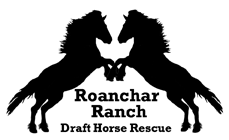

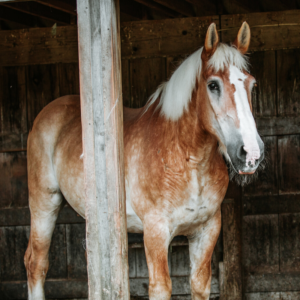
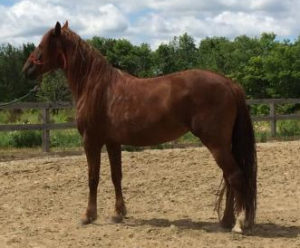
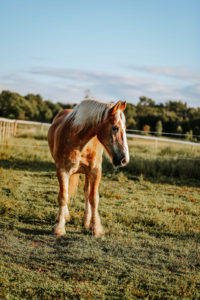
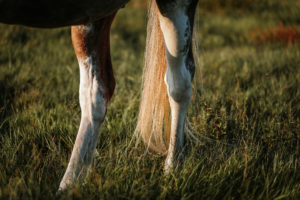
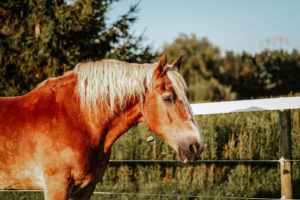
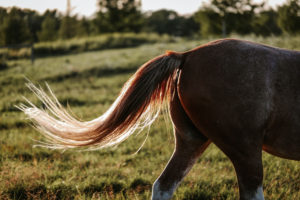
This is such fun information!! Thanks so much for sharing.